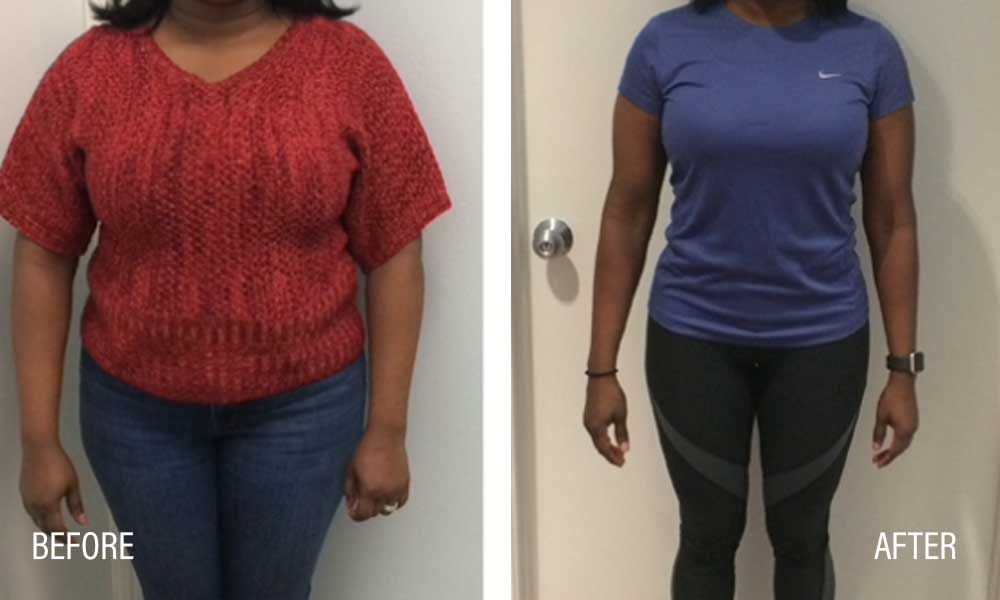In response to the prevalence of sleep disorders within our community and the desire for effective treatment options, this case study delves into the utilization of DHC (dihydrocodeine) in combination therapy for managing sleep disorders. The initiative aims to shed light on the benefits, challenges, and outcomes to individuals who Buy dhc and use it, alongside other treatments to improve sleep quality and overall well-being.
Community Background:
Our community comprises individuals from diverse backgrounds, including varying ages, occupations, and health conditions. While sleep disorders are common among community members, access to comprehensive treatment options remains a challenge, prompting the exploration of alternative approaches to managing sleep disturbances.
Components:
- Educational Workshops and Seminars:
Interactive workshops and seminars were organized to educate community members about the different types of sleep disorders, the potential benefits and risks of using DHC in combination therapy, and strategies for optimizing treatment outcomes.
- Collaborative Treatment Planning:
Healthcare professionals worked closely with individuals experiencing sleep disorders to develop personalized treatment plans that incorporated DHC alongside other pharmacological and non-pharmacological interventions, such as cognitive-behavioral therapy for insomnia (CBT-I), sleep hygiene practices, and relaxation techniques.
- Peer Support Groups:
Peer support groups were established to provide a supportive environment for individuals undergoing combination therapy for sleep disorders to share their experiences, exchange coping strategies, and offer mutual encouragement and support.
- Monitoring and Evaluation:
Ongoing monitoring and evaluation of treatment outcomes were conducted to assess the effectiveness, safety, and tolerability of combination therapy involving DHC. Healthcare providers tracked changes in sleep quality, medication adherence, and any adverse effects to inform treatment adjustments and optimize outcomes.
Outcomes and Impact:
Improved Sleep Quality: Many individuals reported improvements in sleep quality and duration following initiation of combination therapy involving DHC, with reductions in sleep latency, awakenings, and overall sleep disturbances.
Enhanced Quality of Life: Participants experienced improvements in daytime functioning, mood, and overall quality of life as a result of improved sleep outcomes and better management of sleep disorders.
Empowerment and Support: The initiative fostered a sense of empowerment and support among individuals undergoing combination therapy for sleep disorders, providing them with resources, information, and a supportive community to navigate their treatment journey.
Conclusion:
Through collaborative efforts and community engagement, the integration of DHC into combination therapy for sleep disorders has shown promise in improving sleep outcomes and enhancing quality of life for individuals within our community. By promoting awareness, facilitating access to resources, and fostering collaboration among stakeholders, the initiative has contributed to a holistic approach to managing sleep disorders and promoting overall well-being. Ongoing research and evaluation will continue to inform best practices and optimize treatment outcomes for individuals who buy DHC and undergoing combination therapy involving DHC for sleep disorders.












Comments